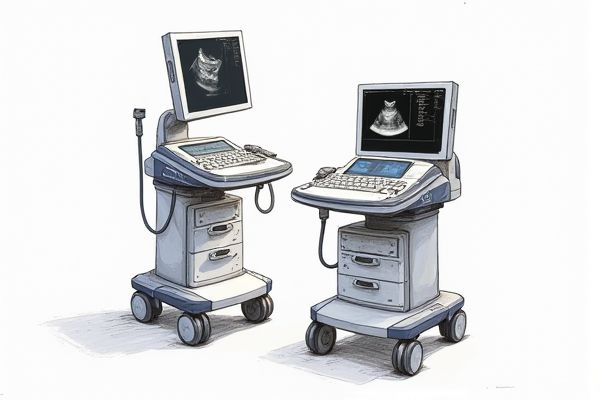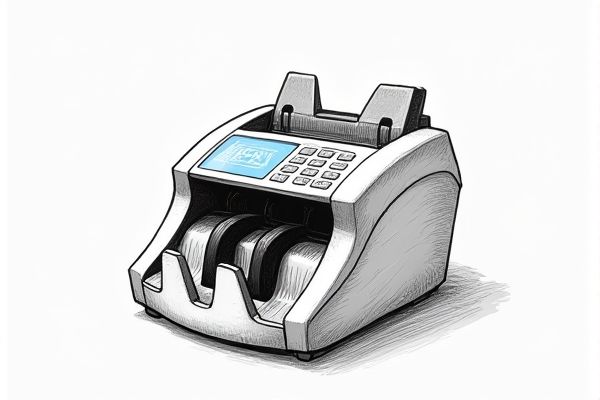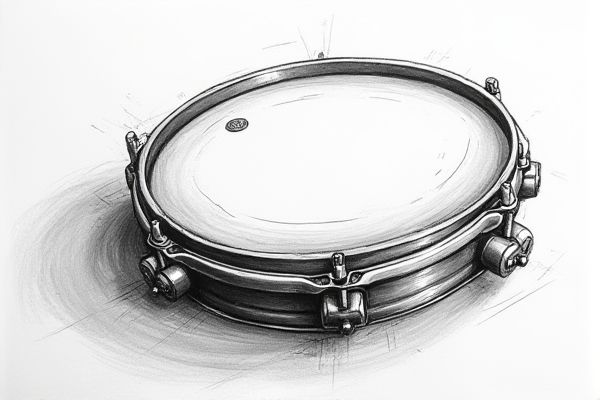In today's rapidly evolving lighting industry, LED technology has become a prominent choice for both residential and commercial uses due to its energy efficiency and longevity. With a plethora of options available in the market, selecting the right LED brand can be a daunting task. Factors like brightness, color range, and warranty play a crucial role in this decision. To guide you through the process and help you make an informed purchase, we've compiled a list of the best LED brands that stand out for their quality and reliability. Discover them below.

Illustration of led
Best brands of led in 2025
Philips
Philips is a leading producer in the LED lighting market, having increased its share from 14% in 2013 to 17% in 2014, and is further expected to dominate with a significant share in the global market. The company's LED lighting sales grew by 33% in the third quarter of a given year, accounting for 30% of their total lighting sales of 2.08 billion euros. Philips' focus on innovation, including smart and connected lighting systems, has solidified its position as a major market player. The company's market presence is strong in Europe, the Middle East, Africa, and the Asia-Pacific region, with a notable 12% market share in the EMEA region and 10% in APAC. Philips' commitment to sustainability and energy efficiency aligns with current market trends, enhancing its competitive edge. For more insights on their growth trajectory, visit the growth of Philips' LED lighting market share.
Samsung
Samsung Electronics has solidified its position as a leading producer of LED TVs, maintaining a dominant market share for 18 consecutive years. In 2023, Samsung held a 30.1% share of the global TV market and a significant 60.5% market share for TVs priced over $2,500. The company's QLED TV lineup has achieved cumulative sales of over 40 million units since its launch in 2017, with 8.31 million units sold in 2023 alone. Samsung also leads in the ultra-large TV segment, capturing a 33.9% market share for TVs over 75 inches and a 30.4% share for TVs over 90 inches. Its innovative technologies, such as the Neo QLED and OLED models, continue to set industry benchmarks. For more details, visit the official Samsung news release.
LG
LG Electronics stands as a paramount leader in the global TV market, particularly in the OLED segment, having dominated the OLED TV market for 11 consecutive years. In 2023, LG shipped 3 million OLED TV units, capturing a 53% share of the global OLED TV market. The company's ultra-large OLED TVs, especially those over 75 inches, saw explosive growth, with LG holding a 60% market share in this category. LG's combined OLED and LCD TV shipments totaled over 22.53 million units, securing a 16.3% share in the global TV market. The company continues to innovate with advanced AI processors and wireless OLED TV models. For more detailed insights, explore the official announcement.
Sony
Sony is a leading producer of LED TVs, boasting a significant market share and renowned for its high-quality products. As of 2023, Sony holds a 27% market share in the global TV market, making it one of the largest TV sellers worldwide. The company's LED TVs, particularly the Bravia range, are praised for their excellent picture quality, with 34% of users citing this as the primary reason for purchase. In the premium TV segment, Sony dominates the market for TVs over 55 inches and priced above $2,500. Sony's commitment to innovation and customer satisfaction has solidified its position as a top choice in the television industry.
Panasonic
Panasonic is a leading global brand renowned for its high-quality LED products, contributing significantly to the electronics and energy solutions markets. In 2023, Panasonic reported a revenue of $64.9 billion, with its Energy Solutions division, which includes LED and other energy-efficient products, generating around $25 billion, accounting for nearly 39% of the company's total revenue. Panasonic holds a 12% market share in the global home appliances industry and a 21% share in the global EV battery market, solidifying its position as a major player in innovative technologies. The company's strong financial performance is driven by its partnerships with major automakers like Tesla and its focus on renewable energy solutions. By 2024, Panasonic is expected to see continued revenue growth, reaching $66.5 billion, with a targeted 5% annual growth rate.
TCL
TCL has solidified its position as a leading producer of LED TVs, particularly in the premium mini LED segment. In the first quarter of 2024, TCL accounted for 12.6% of global TV shipments, a 0.7 percentage point increase from the previous year, and its revenue share in the TV market rose to 11.6% from 9.8% in the same period. The company was the first to launch and mass-produce mini LED TVs in 2019 and has since introduced groundbreaking products, including the world's largest 115-inch mini LED TV. TCL's mini LED TVs are known for their high-end display quality and competitive pricing, with its flagship 98-inch mini LED TV selling at about half the price of similar models from Samsung and LG. This strategic focus has helped TCL narrow the gap with industry leader Samsung and surpass LG in market share. For more insight on TCL's innovations and offerings, visit their official website.
Vizio
Vizio is a leading producer of LED TVs, having dominated the U.S. LCD TV market in recent years. In 2010, Vizio held a 21.3% market share in the U.S. LCD TV market, surpassing competitors like Samsung and Sony. The company's success is attributed to its ability to offer feature-rich, LED-backlit TVs at lower prices, with strong consumer demand driving its market share gains. As of last year, Vizio's market share stood at 10.4%, but Walmart's acquisition is expected to propel it past Samsung, making it the largest TV brand in the U.S. Vizio's SmartCast TV OS boasts over 18 million active users, contributing significantly to its revenue growth. For more information, check out Vizio's official website.
Hisense
Hisense has solidified its position as a leading producer in the global TV market, particularly in the high-end and LED TV segments. In Q3 2024, Hisense achieved a global high-end TV market share of 24%, ranking second globally and first in China, with a notable 102% year-on-year increase in Mini LED TV shipments. The company also maintained a significant presence in the global TV market, with a 13.6% global TV shipment volume share in Q1 2024 and a 12.1% global shipment revenue share. Hisense dominates the 100-inch TV market and holds a 53.4% worldwide Laser TV volume share as of Q1 2024. Its commitment to innovation and high-quality products has driven its continuous growth.
Sharp
Sharp Corporation, though not primarily known as a leading LED manufacturer, holds a significant presence in the electronics industry, including the development of innovative display devices and other electronic components. In fiscal year 2022, Sharp's display device segment, which could include LED-related technologies, accounted for 29% of the company's sales, demonstrating its influential role in the sector. Sharp has a history of innovation, with notable achievements like developing the most efficient solar cell in 2013, achieving a conversion efficiency of 44.4% from sunlight to electricity. Despite this, the company's main focus is not on LED chips, but rather on a broader range of electronic products. Since 2016, Sharp has been operating as a subsidiary of Hon Hai Precision Industry Co., Ltd. For a detailed sales distribution by segment, visit the Sharp sales statistics page.
Toshiba
Toshiba is a leading innovator in the LED industry, particularly with its groundbreaking gallium nitride-on-silicon (GaN-on-Si) technology, which allows for the production of LED chips on cost-competitive 200mm silicon wafers, replacing expensive sapphire substrates. This technology has enabled Toshiba to produce high-quality white LED packages, such as the TL1F1 series, with a light flux of 112 lm at 350mA. By 2016, Toshiba aimed to secure a 10% share of the global LED market, which was projected to reach 1,250 billion yen ($15.2 billion). Toshiba's commitment to innovation and sustainability is evident in its significant investments in R&D, with $3.2 billion allocated in 2024, which is 9.4% of its total revenue. This investment helps Toshiba maintain its competitive edge in the highly competitive semiconductor and LED markets. For more insights into their groundbreaking GaN-on-Si technology, explore their detailed product release.
















Leave a Reply
Your email address will not be published.